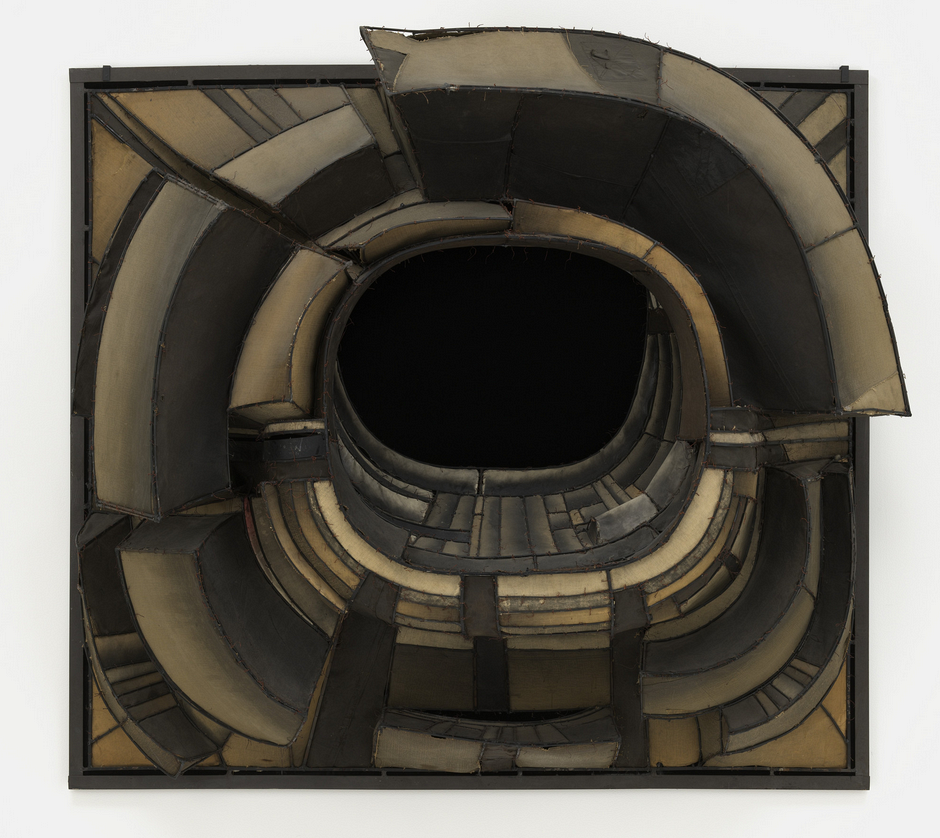Lee Bontecou: On the passing of a pioneer

Lee Bontecou, Untitled, 1961, Museum of Modern Art, New York
On 8 November, the US artist Lee Bontecou died at the age of 91. In 1964, she showed three untitled relief paintings in the exhibition section "Aspects", which was dedicated to young artists, and was thus one of only ten women represented at documenta III. Out of a total of 325 artistic positions, this corresponded to a share of 2.8%.
Bontecou became known in the late 1950s for her object-like reliefs made of everyday materials such as conveyor belts, industrial steel elements and aeroplane parts, which she combined with the help of metal mesh to create organic-technoid spatial structures. The reliefs push from the surface into real space, while gaping, crater-like openings - backed with black velvet - lead the view into the depths.
At the height of her success, she withdrew from the art world in the 1970s.
A telling document on the understanding of her role at that time is a television documentary from the series "Revue der Jungen Meister" (Review of the Young Masters, 1964): here Ernst Ludwig Cohn Jaffé (University of Amsterdam) - at that time holder of the only art-historical chair for modern painting in Europe - explains Bontecou's working method with appreciation. His explanations are insightful and precise. Yet he considers her to be a man.
